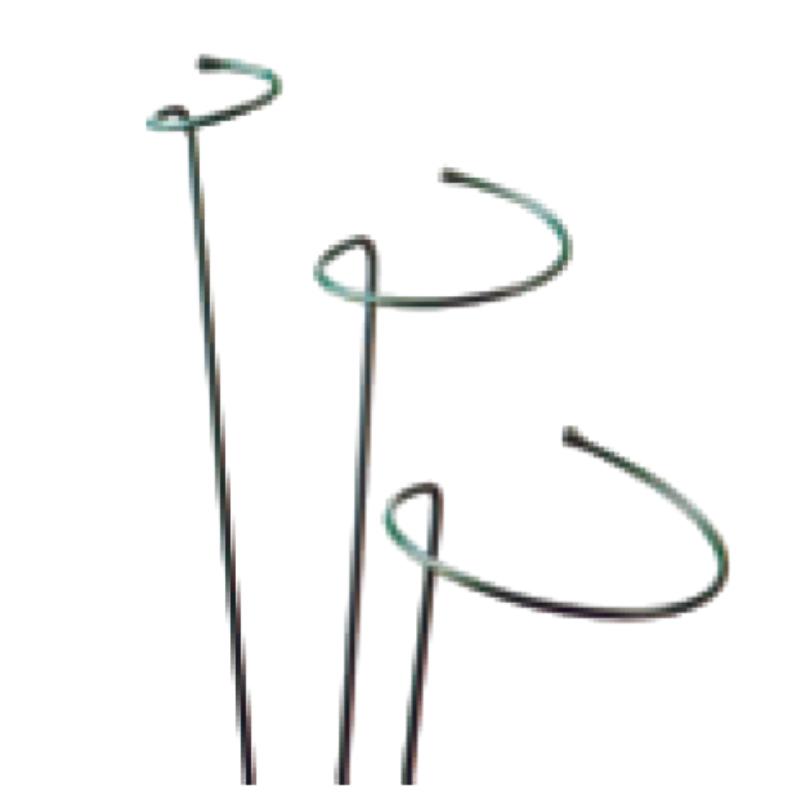-
I-imeyili:zhao@hyliec.cn
-
Ucingo:+86 311 85273988
-
I-WhatsApp:8613931128750
-
 umAfrika
umAfrika -
 Isi-Albania
Isi-Albania -
 Isi-Amharic
Isi-Amharic -
 Isi-Arabhu
Isi-Arabhu -
 Isi-Armenian
Isi-Armenian -
 Isi-Azerbaijani
Isi-Azerbaijani -
 Isi-Basque
Isi-Basque -
 IsiBelarusian
IsiBelarusian -
 Isi-Bengali
Isi-Bengali -
 Isi-Bosnia
Isi-Bosnia -
 IsiBulgaria
IsiBulgaria -
 IsiCatalan
IsiCatalan -
 Cebuano
Cebuano -
 IsiCorsican
IsiCorsican -
 IsiCroatia
IsiCroatia -
 IsiCzech
IsiCzech -
 Isi-Danish
Isi-Danish -
 IsiDashi
IsiDashi -
 IsiNgisi
IsiNgisi -
 Isi-Esperanto
Isi-Esperanto -
 Isi-Estonian
Isi-Estonian -
 IsiFinnish
IsiFinnish -
 IsiFulentshi
IsiFulentshi -
 IsiFrisian
IsiFrisian -
 IsiGalicia
IsiGalicia -
 IsiGeorgia
IsiGeorgia -
 IsiJalimane
IsiJalimane -
 isiGreki
isiGreki -
 IsiGujarati
IsiGujarati -
 IsiCreole saseHaiti
IsiCreole saseHaiti -
 hausa
hausa -
 isi-hawaiian
isi-hawaiian -
 IsiHebheru
IsiHebheru -
 Cha
Cha -
 Miao
Miao -
 IsiHungary
IsiHungary -
 Isi-Icelandic
Isi-Icelandic -
 igbo
igbo -
 Isi-Indonesian
Isi-Indonesian -
 i-irish
i-irish -
 IsiNtaliyane
IsiNtaliyane -
 IsiJapane
IsiJapane -
 Isi-Javanese
Isi-Javanese -
 Isi-Kannada
Isi-Kannada -
 kazakh
kazakh -
 I-Khmer
I-Khmer -
 IsiRwanda
IsiRwanda -
 IsiKorea
IsiKorea -
 IsiKurdish
IsiKurdish -
 IsiKyrgyz
IsiKyrgyz -
 I-TB
I-TB -
 IsiLatini
IsiLatini -
 Isi-Latvian
Isi-Latvian -
 IsiLithuanian
IsiLithuanian -
 Isi-Luxembourgish
Isi-Luxembourgish -
 IsiMacedonian
IsiMacedonian -
 UMalgashi
UMalgashi -
 Isi-Malay
Isi-Malay -
 Isi-Malayalam
Isi-Malayalam -
 IsiMaltese
IsiMaltese -
 IsiMaori
IsiMaori -
 IsiMarathi
IsiMarathi -
 IsiMongolia
IsiMongolia -
 eMyanmar
eMyanmar -
 IsiNepali
IsiNepali -
 IsiNorwegian
IsiNorwegian -
 IsiNorwegian
IsiNorwegian -
 Isi-Occitan
Isi-Occitan -
 Isi-Pashto
Isi-Pashto -
 isiPheresiya
isiPheresiya -
 IsiPolish
IsiPolish -
 IsiPutukezi
IsiPutukezi -
 IsiPunjabi
IsiPunjabi -
 IsiRomania
IsiRomania -
 IsiRashiya
IsiRashiya -
 IsiSamoa
IsiSamoa -
 IsiScottish Gaelic
IsiScottish Gaelic -
 IsiSerbia
IsiSerbia -
 IsiNgisi
IsiNgisi -
 IsiShona
IsiShona -
 Sindhi
Sindhi -
 IsiSinhala
IsiSinhala -
 IsiSlovak
IsiSlovak -
 IsiSlovenian
IsiSlovenian -
 eSomalia
eSomalia -
 ISpanishi
ISpanishi -
 IsiSundanese
IsiSundanese -
 IsiSwahili
IsiSwahili -
 IsiSwidi
IsiSwidi -
 IsiTagalog
IsiTagalog -
 Isi-Tajik
Isi-Tajik -
 IsiTamil
IsiTamil -
 IsiTatar
IsiTatar -
 Isi-Telugu
Isi-Telugu -
 IsiThai
IsiThai -
 IsiTurkey
IsiTurkey -
 IsiTurkmen
IsiTurkmen -
 Isi-Ukraine
Isi-Ukraine -
 Isi-Urdu
Isi-Urdu -
 Isi-Uighur
Isi-Uighur -
 Isi-Uzbek
Isi-Uzbek -
 IsiVietnamese
IsiVietnamese -
 Isi-Welsh
Isi-Welsh -
 Usizo
Usizo -
 Isi-Yiddish
Isi-Yiddish -
 IsiYoruba
IsiYoruba -
 Zulu
Zulu
Metal Plant Supports
What Is The Support Structure Of A Plant?
The support structure of a plant refers to the system of tissues and organs that provide stability and enable the plant to maintain an upright position. This support structure includes several key components:
1. Cell walls: The rigid cell walls of plant cells provide structural support, especially in non-woody plants. The cell walls help maintain the shape and rigidity of the plant's cells, contributing to its overall structure.
2. Stems: Stems play a crucial role in supporting the plant and providing a framework for the attachment of leaves, flowers, and reproductive structures. The stems also facilitate the transport of water, nutrients, and sugars throughout the plant.
3. Roots: The root system anchors the plant in the soil, providing stability and support. Additionally, roots absorb water and nutrients from the soil, contributing to the overall health and growth of the plant.
4. Vascular tissues: Xylem and phloem are specialized tissues that form the plant's vascular system. Xylem transports water and minerals from the roots to the rest of the plant, while phloem transports sugars and other organic compounds to various parts of the plant.
5. Specialized structures: Some plants have specialized support structures, such as tendrils, thorns, or aerial roots, which aid in climbing, attachment, or additional support.
The combination of these structural elements allows plants to maintain their shape, withstand environmental forces, and support essential physiological processes.
Iron Plant Supports Faq
What are the benefits of using iron plant supports?
Iron plant supports offer durability and strength, making them suitable for providing robust support for heavy or sprawling plants. They can withstand the weight of mature plants and help maintain their shape and structure.
What types of plants are best supported by iron plant supports?
Iron plant supports are well-suited for providing support to a wide range of plants, including peonies, roses, delphiniums, and other tall or heavy-flowering perennials. They can also be used for supporting climbing plants such as clematis or sweet peas.
How should iron plant supports be installed?
Iron plant supports should be installed firmly in the ground to ensure stability. When supporting individual plants, place the support structure around the plant early in the growing season, allowing the plant to grow into and around the support naturally.
Are there different styles and designs of iron plant supports available?
Yes, iron plant supports come in various styles and designs, including hoop supports, grid supports, and individual stakes. These different designs cater to the specific needs of different types of plants and can provide effective support while enhancing the visual appeal of the garden.
How can iron plant supports be maintained?
To maintain iron plant supports, periodically inspect them for signs of rust or corrosion, especially if they are exposed to the elements. If rust is present, it can be removed using a wire brush, and the supports can be treated with a rust-resistant coating or paint to prolong their lifespan.






